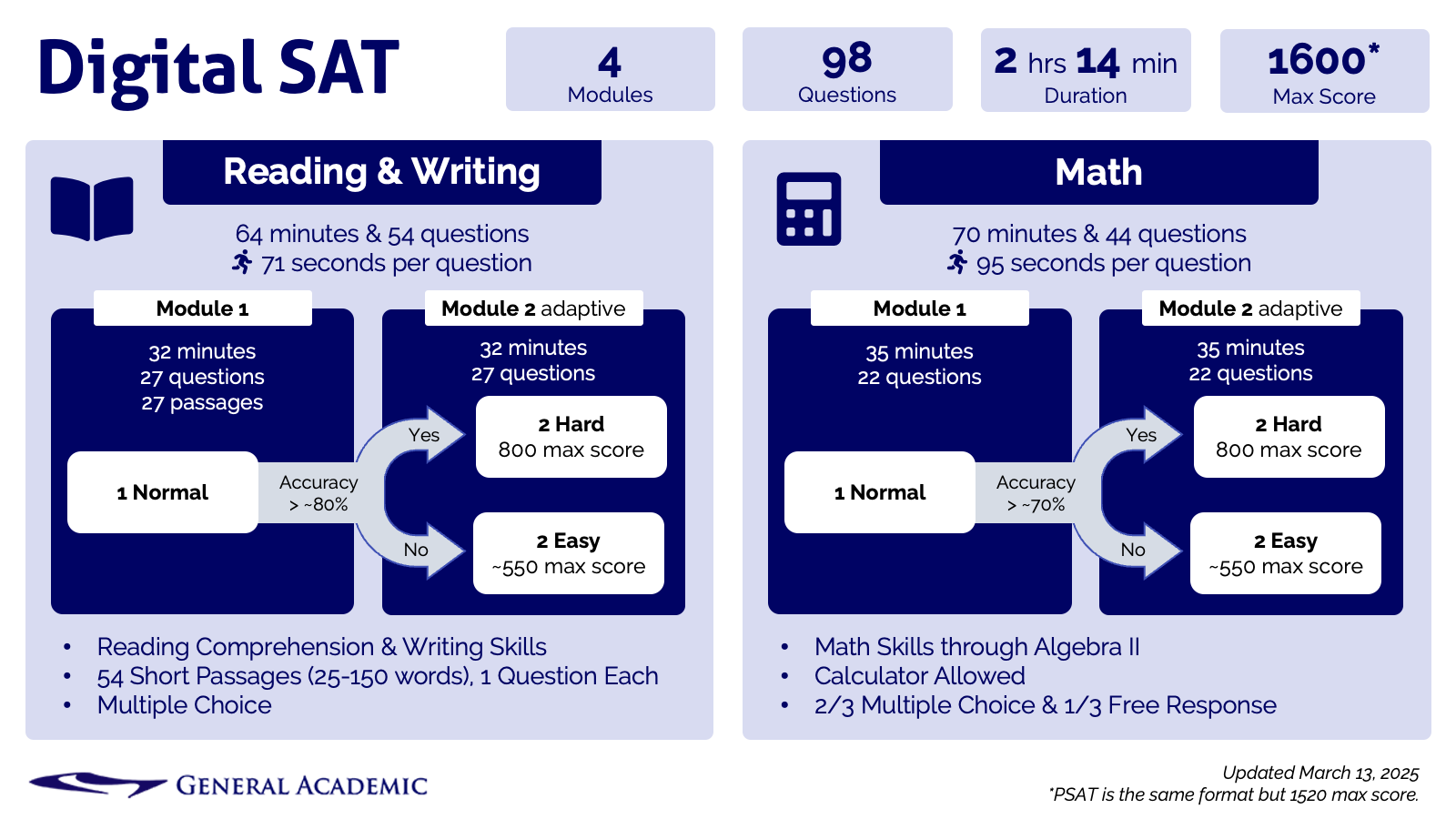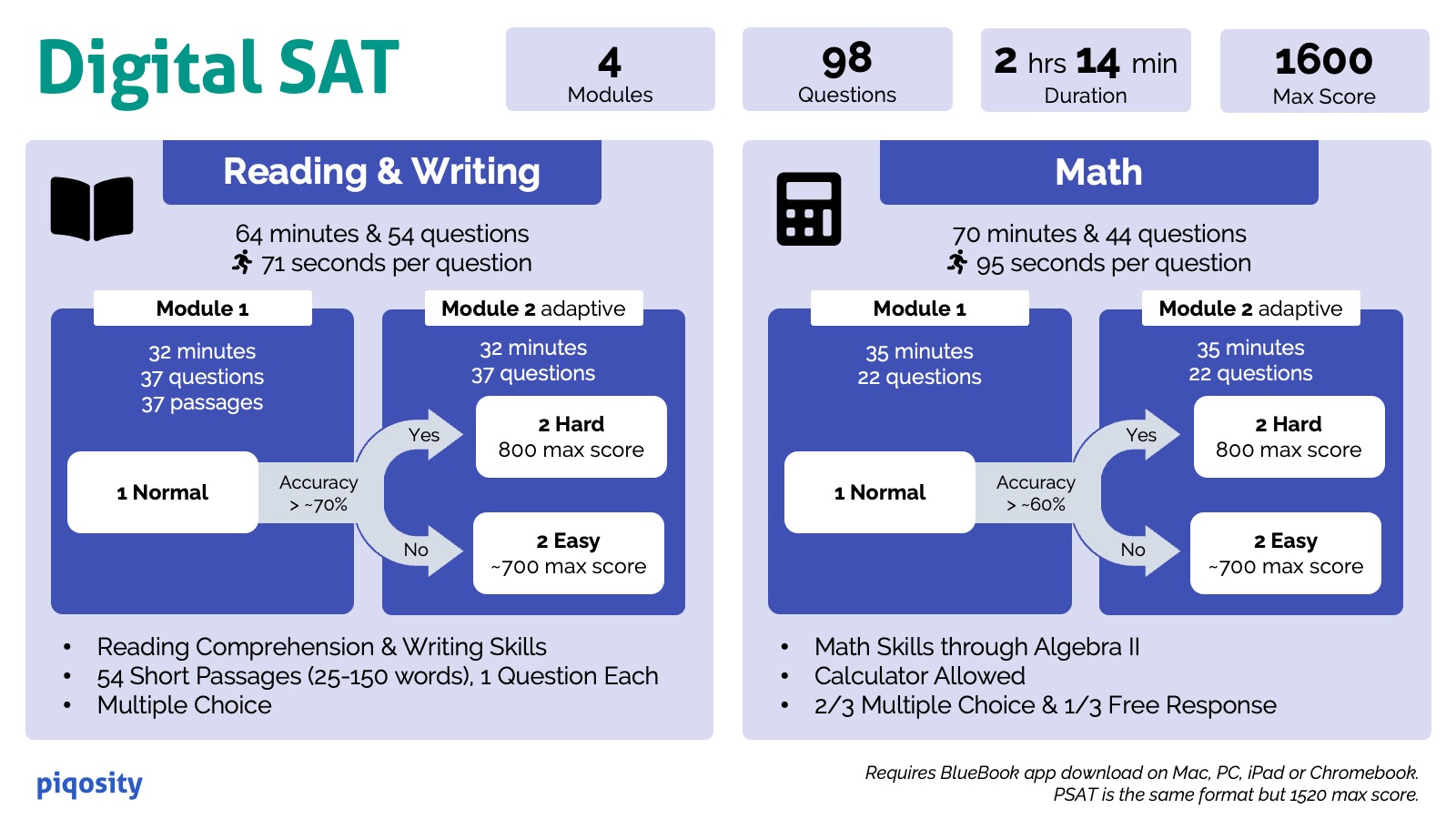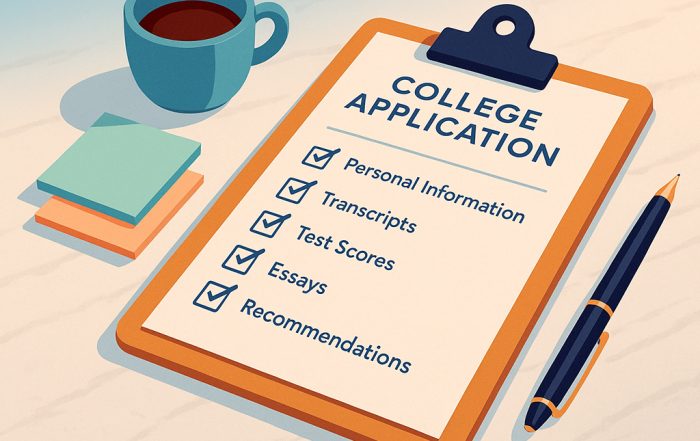Digital SAT Overview

Our Latest News and Analysis
The Best Cooling Neck Fans to Beat the Heat
Only commercialized within the last few years, thermoelectrically-cooled neck fans promise to keep you comfortable indoors and outdoors. They [...]
How to Build a Balanced College List When Applying to College
Choosing where you will spend the next four years is a high-stakes decision that shapes your learning, finances, and future [...]
Love What You’re Learning – A Conversation with Sam Garvin
We are excited to highlight one of our private tutors with a personalized approach here at General Academic: introducing Sam [...]
Courage in Class – A Conversation with Daniel Bowling
Daniel Bowling is another versed private tutor here at General Academic, and today we're excited to highlight his unique tutoring [...]
 The new digital SAT consists of 4 modules that last approximately 2 hours and 24 minutes, including one 10-minute break
The new digital SAT consists of 4 modules that last approximately 2 hours and 24 minutes, including one 10-minute break


